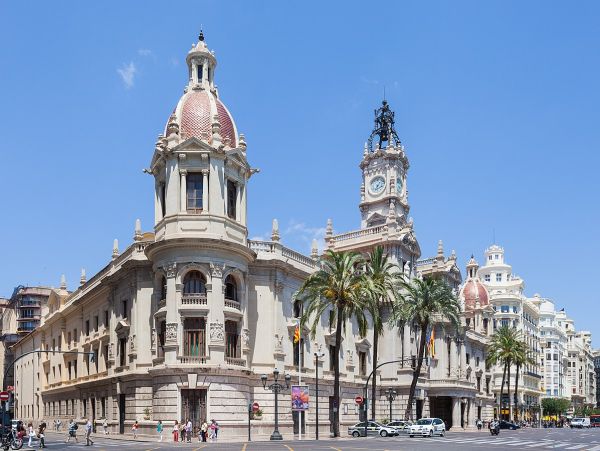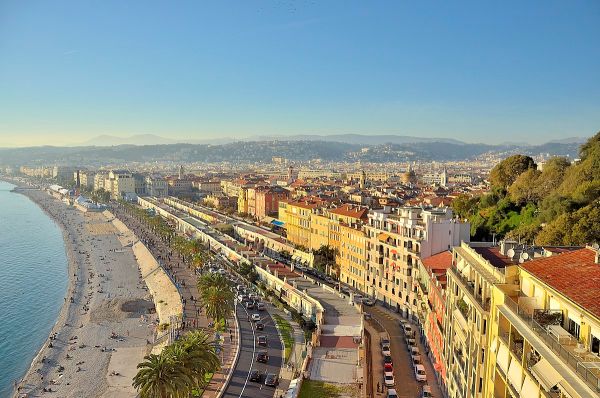- Carmoola
- Blog
- Tips and Advice
- What Are the Speed Limits Around the World?
- 🗞 Tips and Advice
- Last updated: Jan 25, 2022
- 8 Min Read
What Are the Speed Limits Around the World?
Written by

Verified by


See how much you can borrow in 60 seconds
| Representative Example | |
|---|---|
| Loan amount | £10,000 |
| Interest rate | 13.9% APR |
| 54 payments of | £246 |
| Total cost of credit | £3,284 |
| Option to purchase fee | £1 |
| Total payable | £13,285 |
Whether you're cruising through the streets of the UK or heading off on an international road trip, understanding local laws is essential.
Every country has its own set of rules when it comes to how fast you can go. Failing to comply with these laws could mean facing huge fines, points on your license, or even jail time in certain countries.😱
To help you enjoy your trip while staying on the right side of the law, let’s explore the different speed limits around the world.🗺️
*The UK and the US are practically the only two countries in the world that set their speed limits by miles-per-hour (mph). Consequently, limits from other countries are converted from km/h (kilometres).
United Kingdom 🇬🇧

- Built-up areas – 20 - 30 mph
- Single carriageways – 60 mph
- Dual carriageways – 70 mph
- Motorways – 70 mph
In the UK, there are generally three main speed limits. You can reach up to 70mph on motorways and dual carriageways, dropping to 60mph on single carriageways.
Most built-up areas drop to 30mph. However, an increasing number of residential areas are adopting a maximum speed of 20 mph.
Wales, for example, has become the first country to adopt a national 20mph speed limit in built-up areas.
If you're caught exceeding these limits, either by a speed camera or if stopped by the police, there are consequences. You could be fined and receive at least three penalty points on your driving licence.
Receiving points on your license could push you over the legal limit. If you have 12 or more points, you could be disqualified from driving, and your car may be taken away.
If your car is on finance, you’d still have to pay the monthly instalments with no vehicle to show for it. It's important to stay aware of these limits and follow them, not just to avoid penalties but also to ensure your safety and that of others on the road.
Remember, speed limits are there for a reason, often reflecting the road conditions and surrounding areas.
Spain 🇪🇸

- Motorways: 120 km/h (75 mph)
- Dual carriageways: 100 km/h (62 mph)
- Single carriageways: 90 km/h (55 mph)
- Residential Areas: 20 km/h (12 mph)
In Spain, road signs and speed limits are displayed using the metric system. Distances are measured in kilometres and speeds in kilometres per hour (km/h).
These limits are strictly enforced, especially considering the varying road conditions and environments.
Residential areas have a notably lower speed limit than the UK, of 20 km/h, roughly 12 mph, to ensure safety. In urban or built-up areas, the limit increases to 50 km/h (about 30 mph).
On roads outside urban areas, speeds range between 90 and 100 km/h (55 to 60 mph), as clearly marked by signs.
Dual carriageways and motorways, meanwhile, known as autopistas, have a limit of 120 km/h (75 mph).
It's also important to note that there's a minimum speed requirement on motorways. Vehicles must travel at least 60 km/h (40 mph) to use these roads.
France 🇫🇷

- Motorways: 130 km/h (80 mph)
- Dual carriageways: 110 km/h (68 mph)
- Main roads: 80kh/m (50 mph)
- Built-up areas: 50 km/h (31 mph)
- Low Speed Urban Area: 30 km/h (18 mph)
In France, drivers can experience one of Europe's highest speed limits, with motorways allowing speeds of up to 80 mph.
France isn’t just easily accessible by car from the UK, but it also offers a diverse and enjoyable driving experience. It boasts scenic routes and well-maintained roads.
However, it's important to note that during rainy conditions, the speed limits are reduced for safety. On motorways, the limit drops to 68 mph when it's raining, ensuring safer travel during adverse weather.
This precaution reflects France's commitment to road safety, balancing the thrill of high-speed driving with necessary safety measures.
Germany 🇩🇪

- Motorways: No limit, but a recommendation of 130 km/h (80 mph)
- Other roads: 100 km/h (62 mph)
- Construction zones: 50 km/h (31 mph)
Germany is renowned for producing some of the world's finest cars, and its roads, particularly the Autobahn, are a testament to its excellence.
The famed Autobahn is known for sections without speed limits, letting drivers put their vehicles to the test. However, most drivers tend to maintain a responsible speed, averaging around 80 mph.
This balance of freedom and responsibility on the roads mirrors the German’s emphasis on quality and efficiency in both their automobiles and infrastructure.
USA 🇺🇸

The USA has some of the most diverse speed limits in the world. Limits vary by state, ranging from 25-35 mph (40-56 km/h) in urban areas to 55-85 mph (89-137 km/h) on highways.
Eastern states, like New York, have limits set around 70 mph, while western states, such as California, typically allow speeds up to 75 mph.
The US also enforces minimum speed limits aimed at maintaining traffic flow and safety. Some states even have different speed limits for daytime and night-time driving, reflecting varying road conditions and visibility.
So, before you head off on a US road trip, it’s crucial to research the laws in the states you’ll be visiting.
Points to Remember
As you can see, speed limits vary significantly around the world. Depending on where you’re travelling, the penalties can range from fines to prison sentences.
In the Republic of Serbia, for example, you can face between 15-60 days in prison for breaking the limit.
Always research local driving laws before heading off on an international road trip to avoid facing steep penalties. Also, if you are planning a long road trip, make sure your car is up to the task.
Get the best car for your next road trip!
If you’re considering an upgrade, applying for car finance with Carmoola can make it more affordable.
We provide affordable car financing to make buying your dream car more budget-friendly. Check your budget today using our car finance calculator.
Read more about international driving:
- Driving in the UK from Abroad
- Everything You Need to Know About Taking Your Car Abroad
- Best Countries Abroad to Visit in Your Car
FAQs About Speed Limits Around the World:
Which country has the highest speed limit in the world?
The United Arab Emirates has one of the highest speed limits, with some sections of roads allowing up to 160 km/h (99 mph). In Europe, Poland has the highest limits, letting drivers cruise at 88mph.
What is Germany’s speed limit?
Germany is famous for its Autobahn, where certain sections have no speed limit, but the recommended speed is 130 km/h (81 mph).
What country has the harshest speeding laws?
In terms or fines, Norway has the harshest laws, with speeding on the motorway costing up to €711. Austria also has harsh laws and may impound your vehicle if you break the speed limit. In Serbia meanwhile, you can get jailed for speeding.
See how much you can borrow in 60 seconds
| Representative Example | |
|---|---|
| Loan amount | £10,000 |
| Interest rate | 13.9% APR |
| 54 payments of | £246 |
| Total cost of credit | £3,284 |
| Option to purchase fee | £1 |
| Total payable | £13,285 |
Related articles
What to Do If Your Car on Finance Is Broken Beyond Repair
Your car’s dead, the repair bill’s sky-high, or insurance has called it a write-off. But the finance payments? Still ticking...
What Are the Top 5 Used Car Websites in the UK?
Thanks to the internet, searching for a used car in the UK is easier than ever before. You can simply head online, visit a used...
What Is GMFV in PCP Car Finance? Guaranteed Minimum Future Value Explained
GMFV, or Guaranteed Minimum Future Value, is the amount your lender estimates your car will be worth at the end of your PCP...

.webp?width=832&height=592&name=customer-support%20(1).webp)










.webp?width=400&height=285&name=online-shoppers-with-dog%20(1).webp)


.jpg?width=500&height=356&name=Vintage%20car%20going%20to%20an%20old%20town-1%20(1).jpg)





